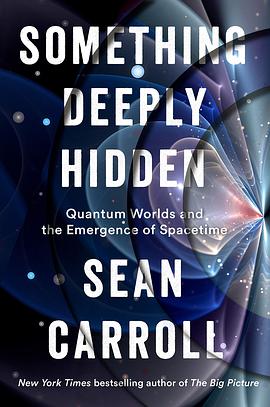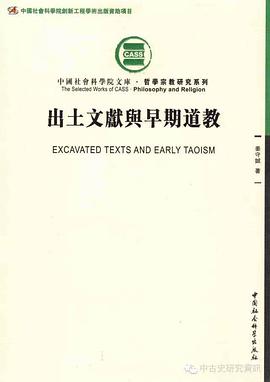Something Deeply Hidden
内容简介
Something Deeply Hidden begins with the news that physics is in a crisis. Quantum mechanics underlies all of modern physics but major gaps in the theory have been ignored since 1927. Science popularizers keep telling us how weird it is, how contradictory, how impossible it is to understand. Academics discourage students from working on the "dead end" of quantum foundations. Putting his professional reputation on the line, Carroll says that crisis can now come to an end. We just have to accept that there is more than one of us in the universe. There are many, many Sean Carrolls. Many of every one of us.
The Many Worlds Theory of quantum behavior says that every time there is a quantum event, a world splits off with everything in it the same, except in that other world the quantum event didn't happen. Since the beginning of the universe about fourteen billion years ago, this has happened about ten to the tenth to the one-hundredth power times. Step-by-step in Carroll's uniquely lucid way, he sets out the major objections to this utterly mind-blowing notion until his case is inescapably established.
The holy grail of modern physics is reconciling quantum mechanics with Einstein's general relativity—his theory of curved spacetime. Carroll argues that our refusal to face up to the mysteries of quantum mechanics has blinded us, and that spacetime and gravity naturally emerge from a deeper reality called the wave function. No book for a popular audience has attempted to make this radical argument. We're on the threshold of a new way of understanding the cosmos.
......(更多)
作者简介
SEAN CARROLL is a theoretical physicist at the California Institute of Technology, host of the Mindscape podcast, and author of From Eternity to Here, The Particle at the End of the Universe, and The Big Picture. He has been awarded prizes and fellowships by the National Science Foundation, NASA, the American Institute of Physics, and the Royal Society of London, among many others. He lives in Los Angeles with his wife, writer Jennifer Ouellette.
......(更多)
目录
......(更多)
读书文摘
我们可以假设只观测其中一个电子,测量其移动方向,对另外一个置之不理。到我们真的去测量第二个电子的时候,它怎么知道自己应该在刚好相反的方向上移动呢? 我们已经给出了答案。这两个电子的波函数并非各自独立,两者的表现都是由这个宇宙的单一的波函数来描述的。
......(更多)






